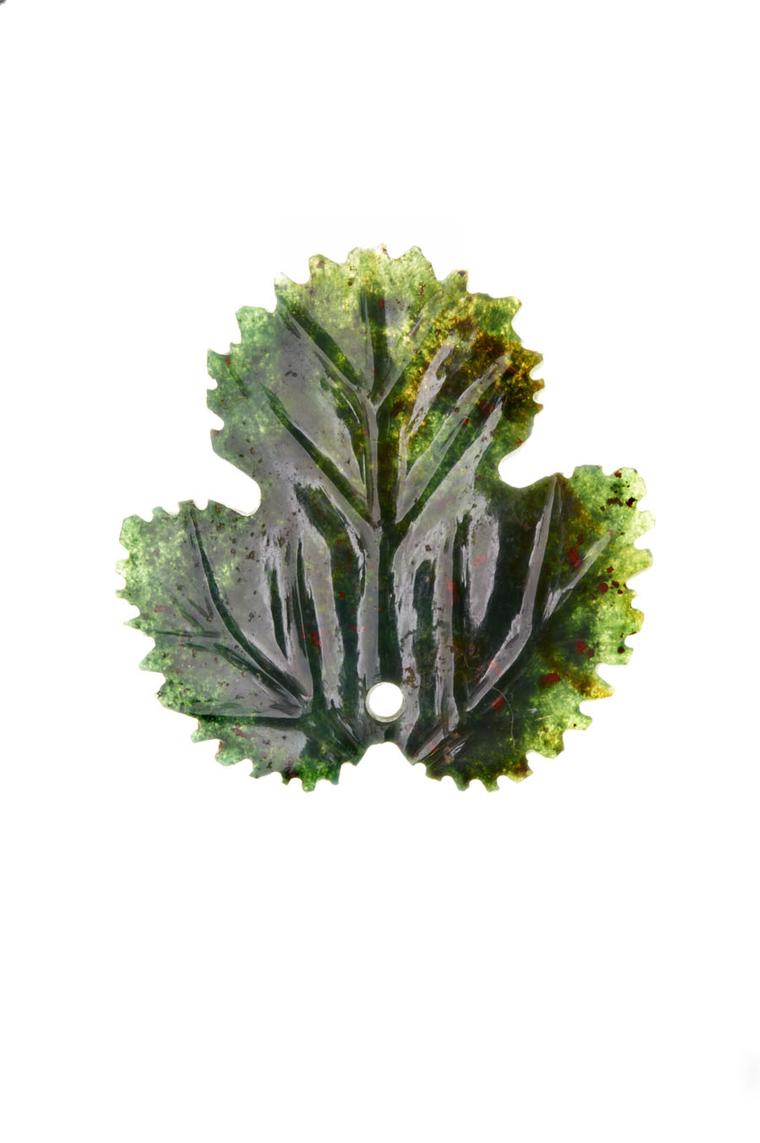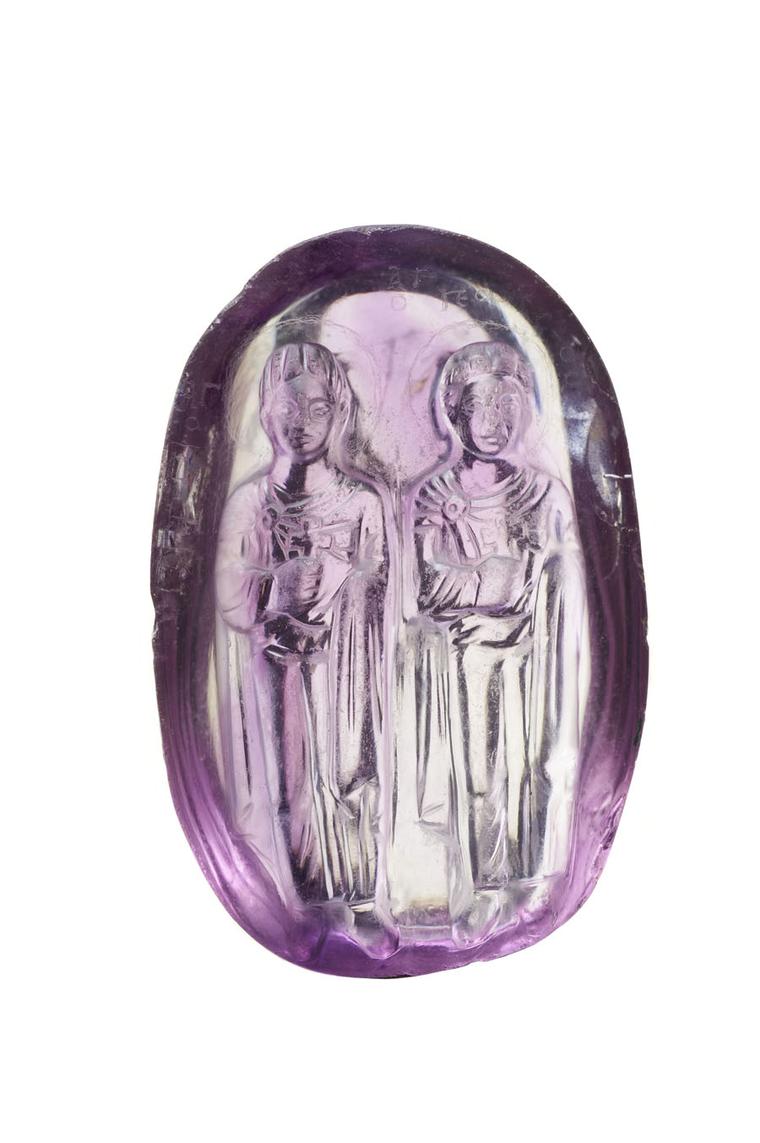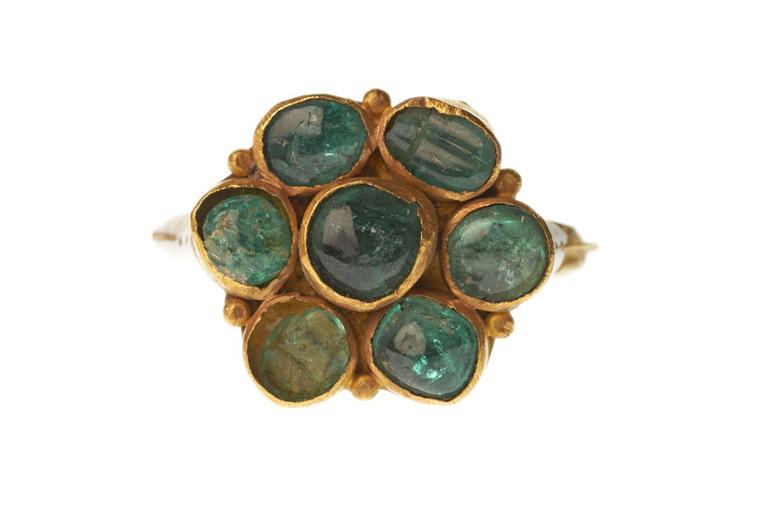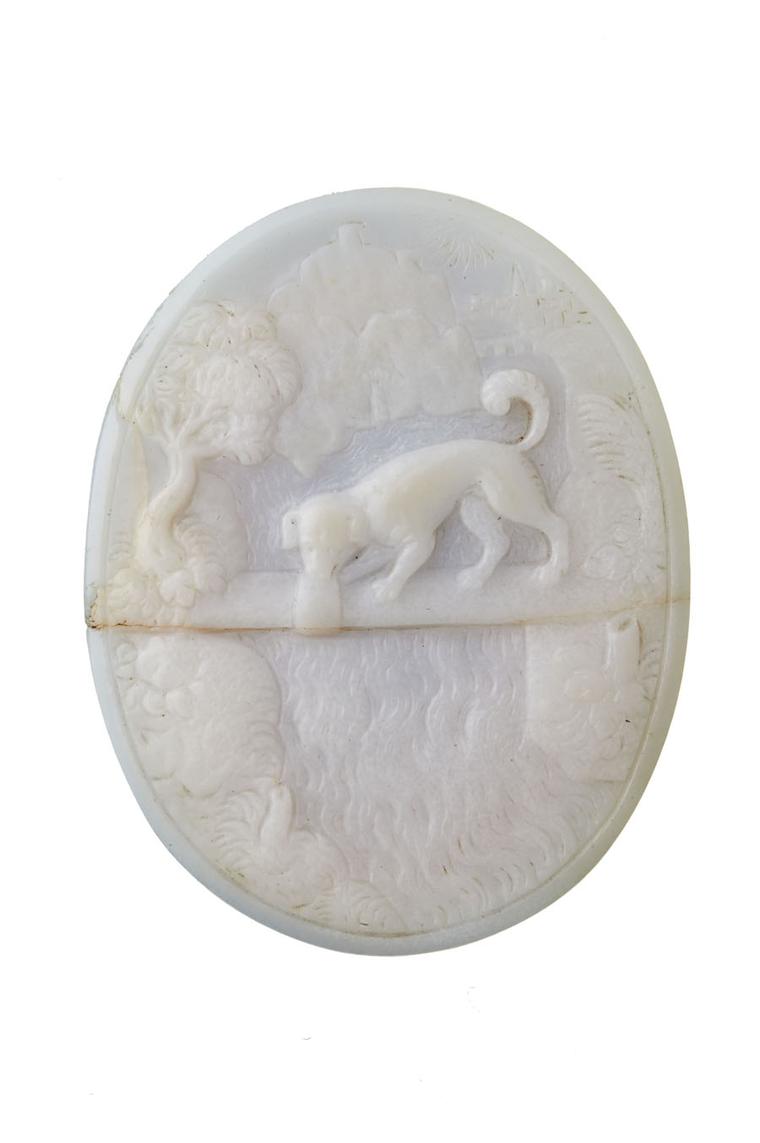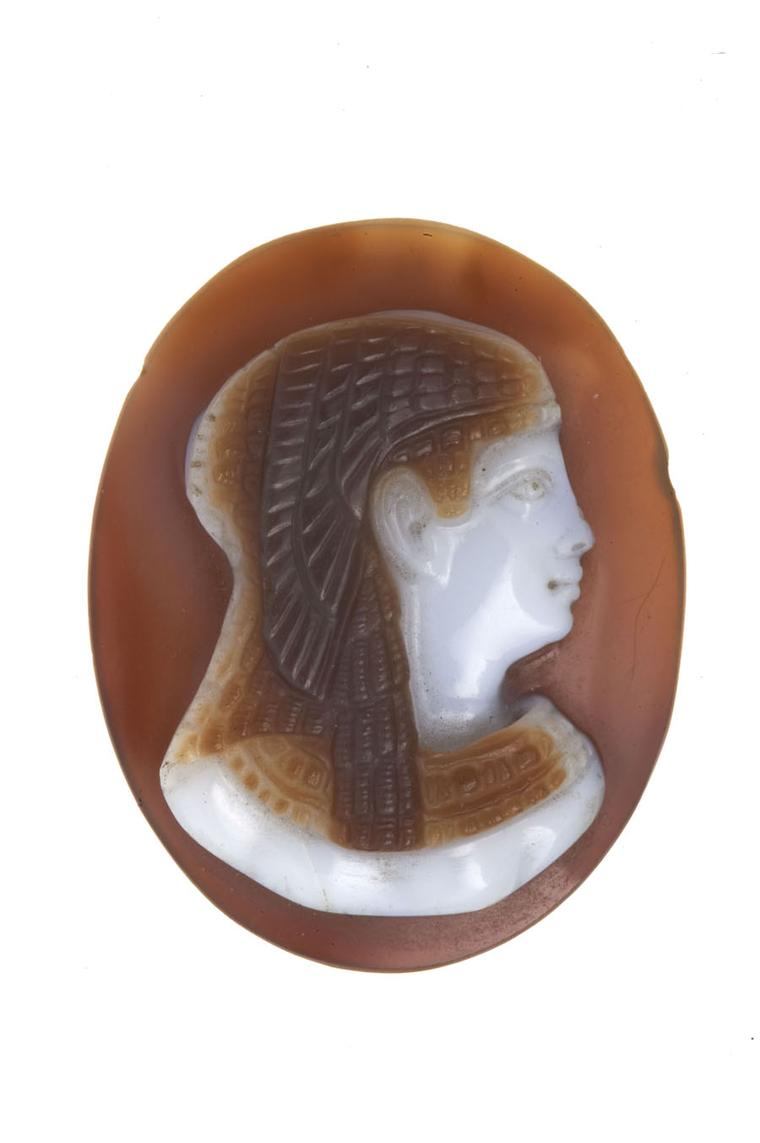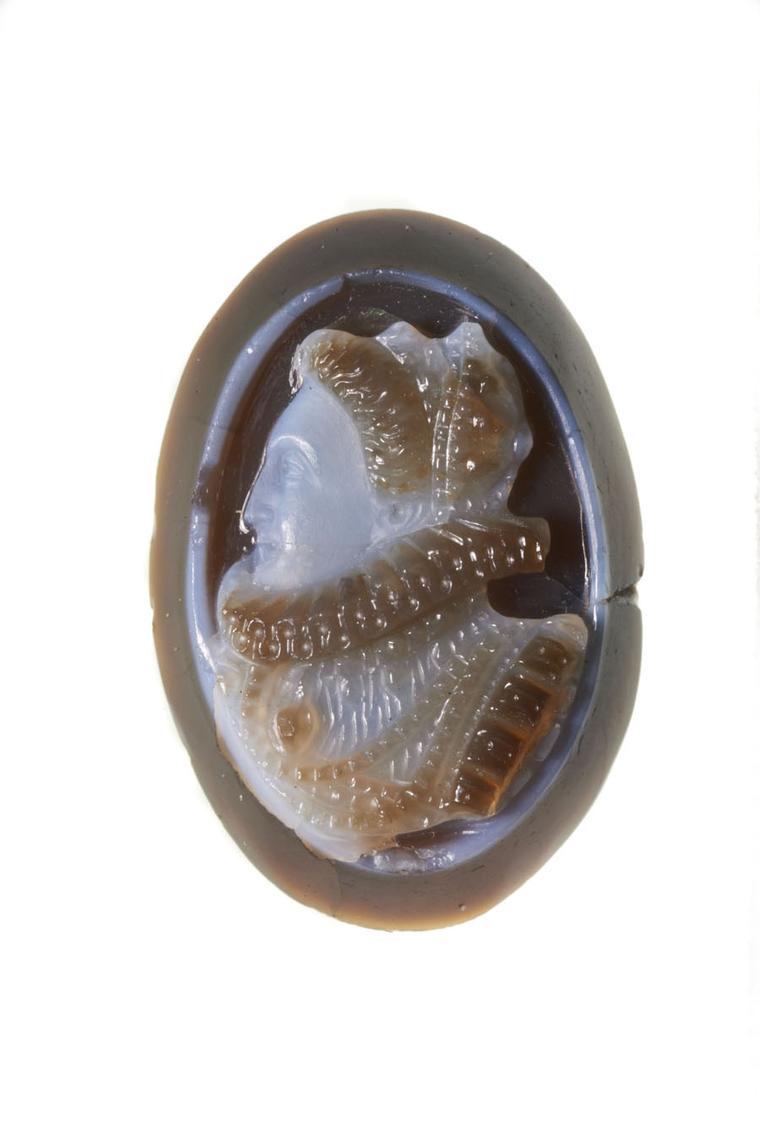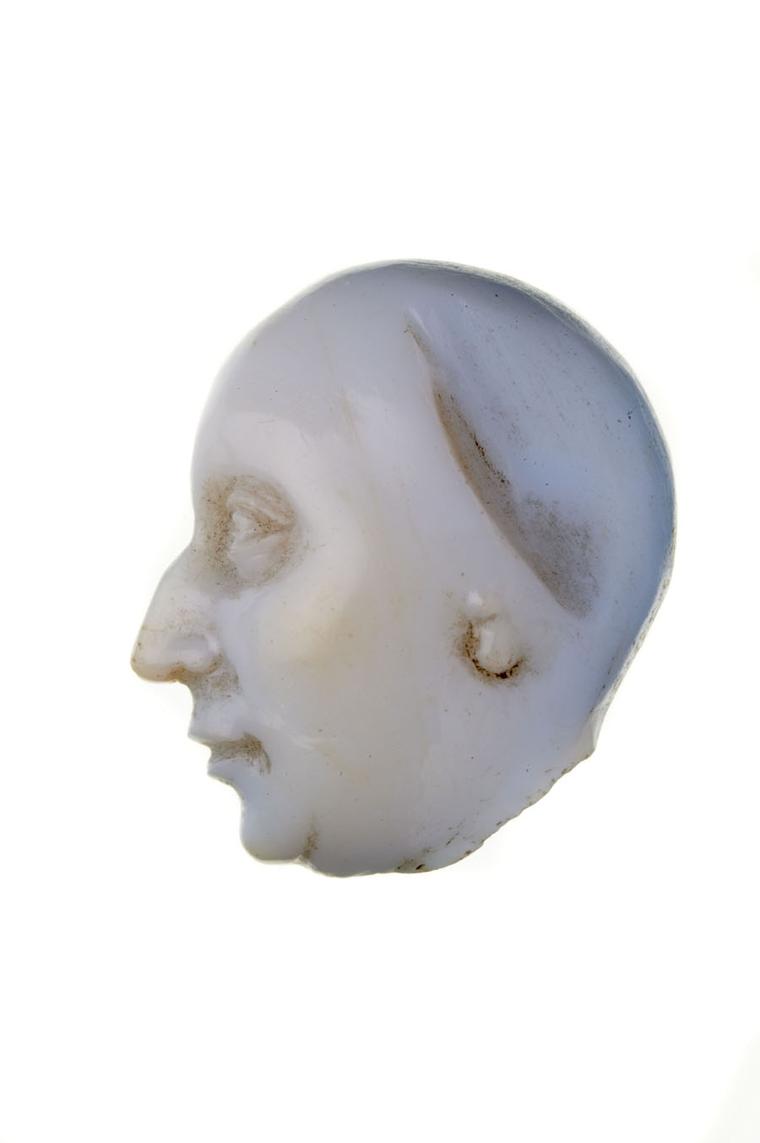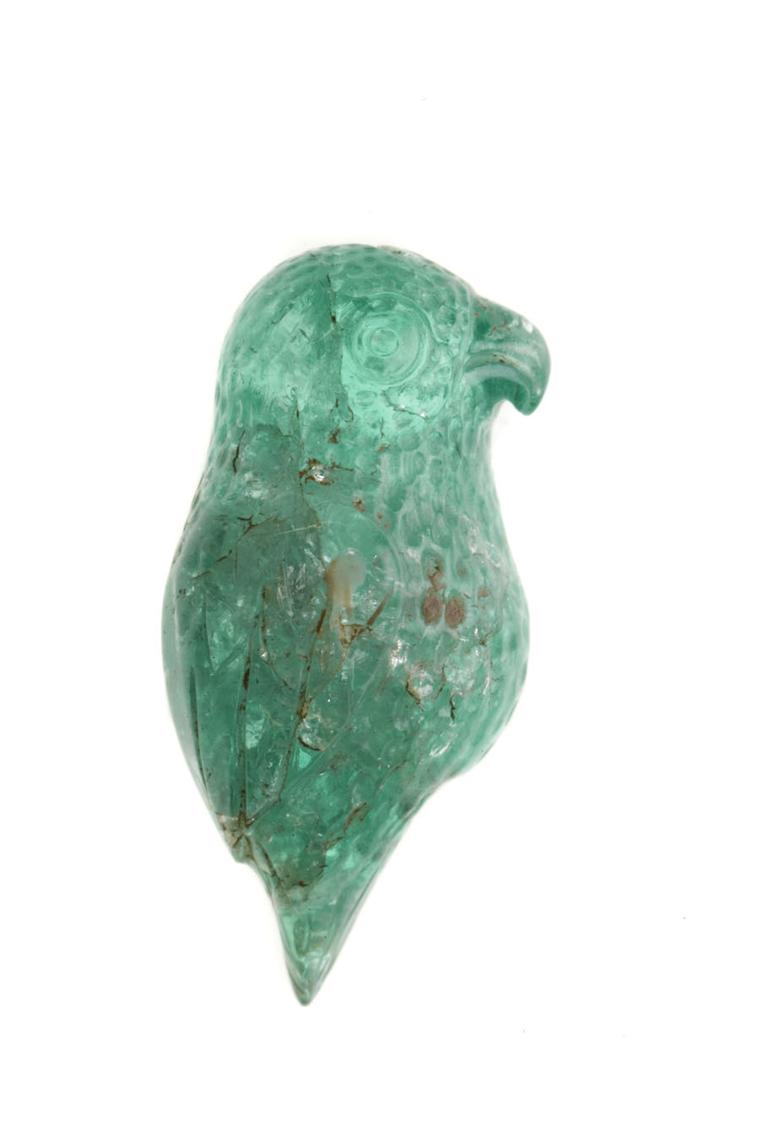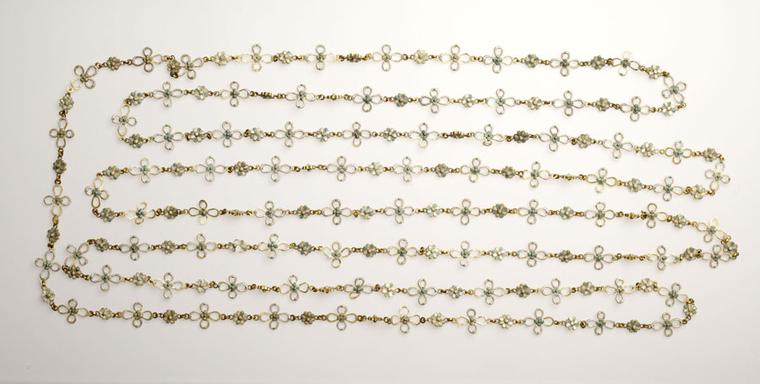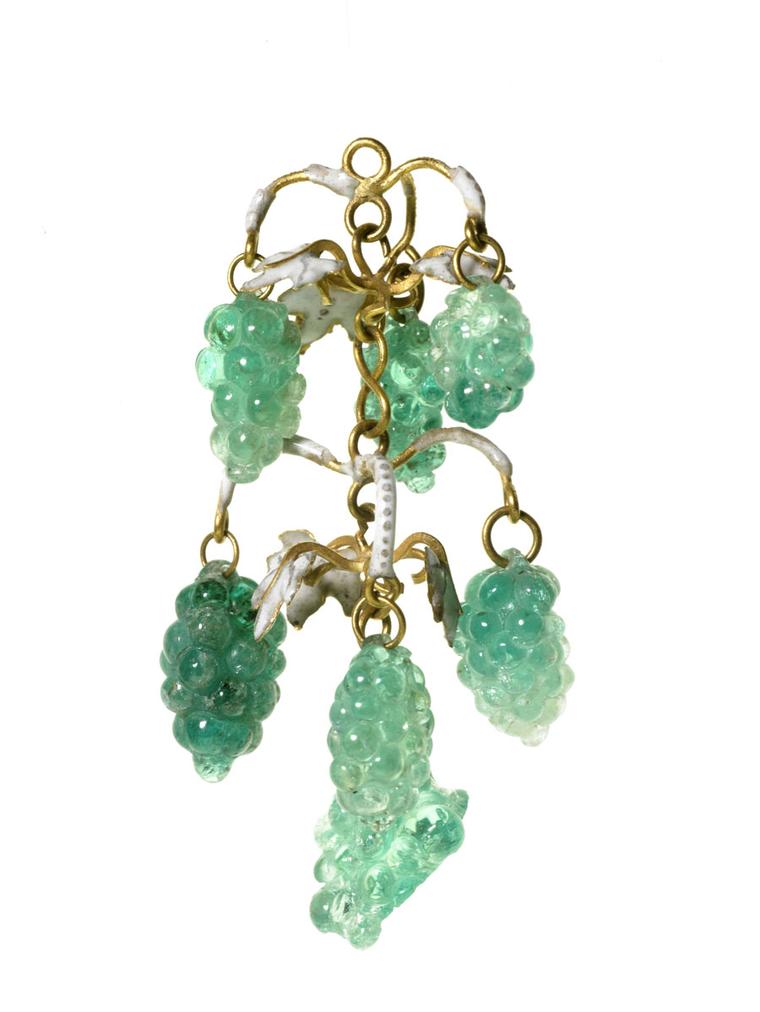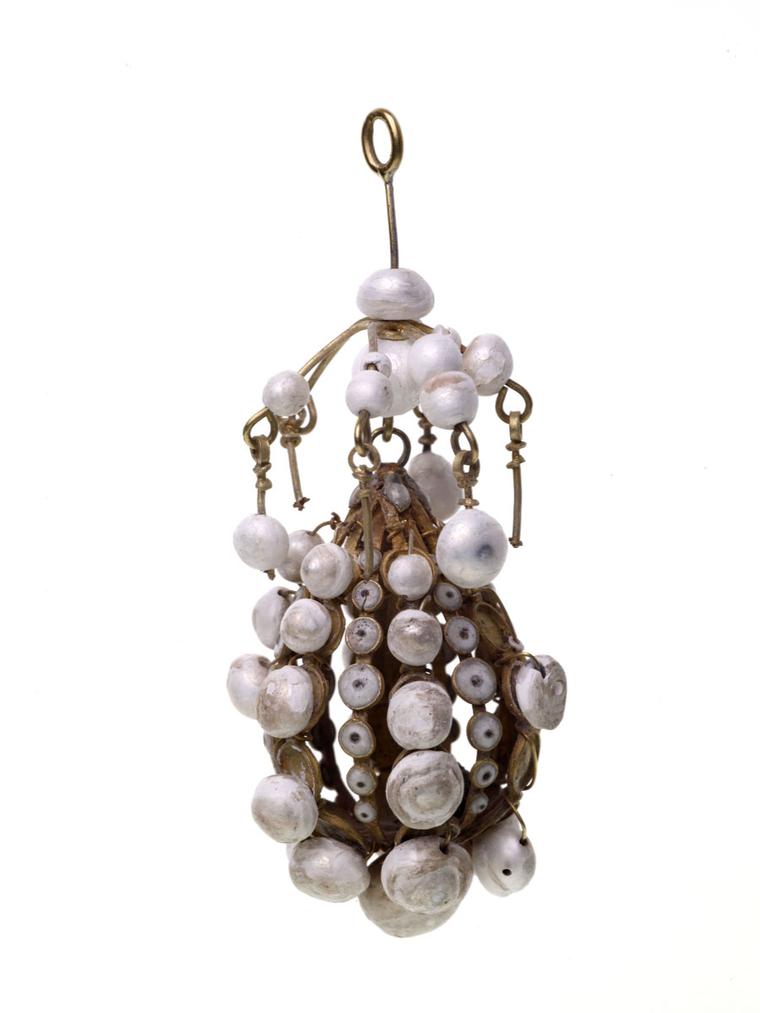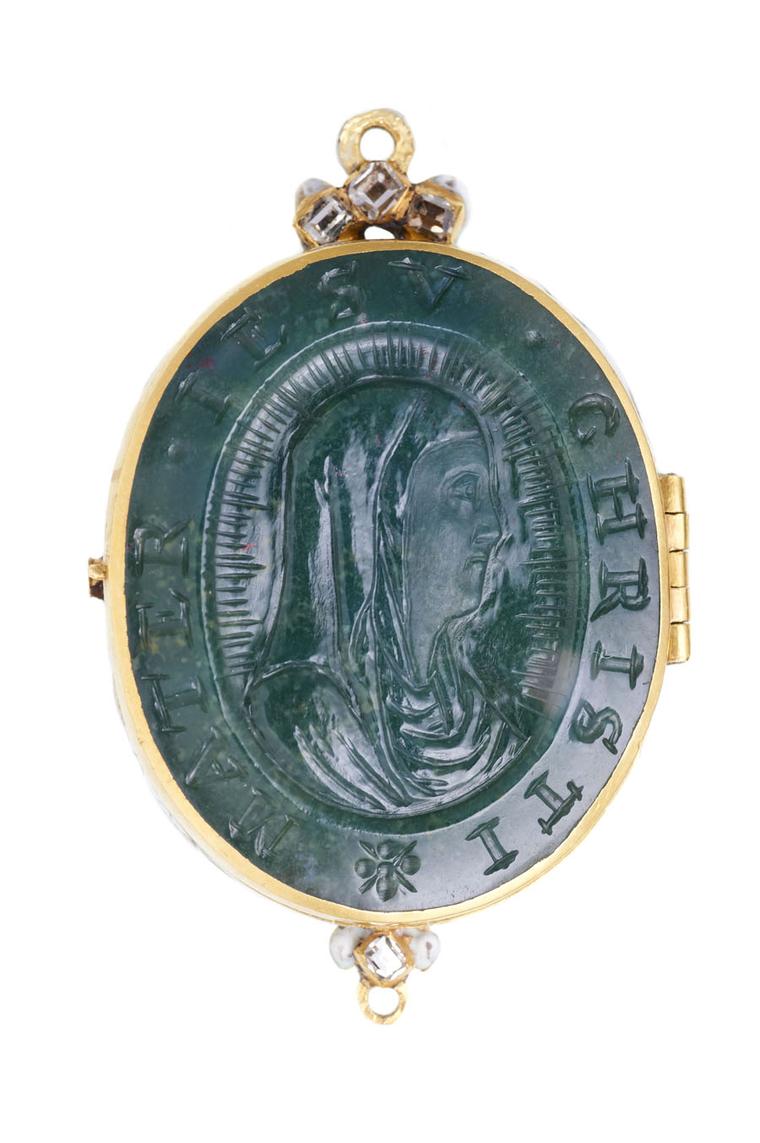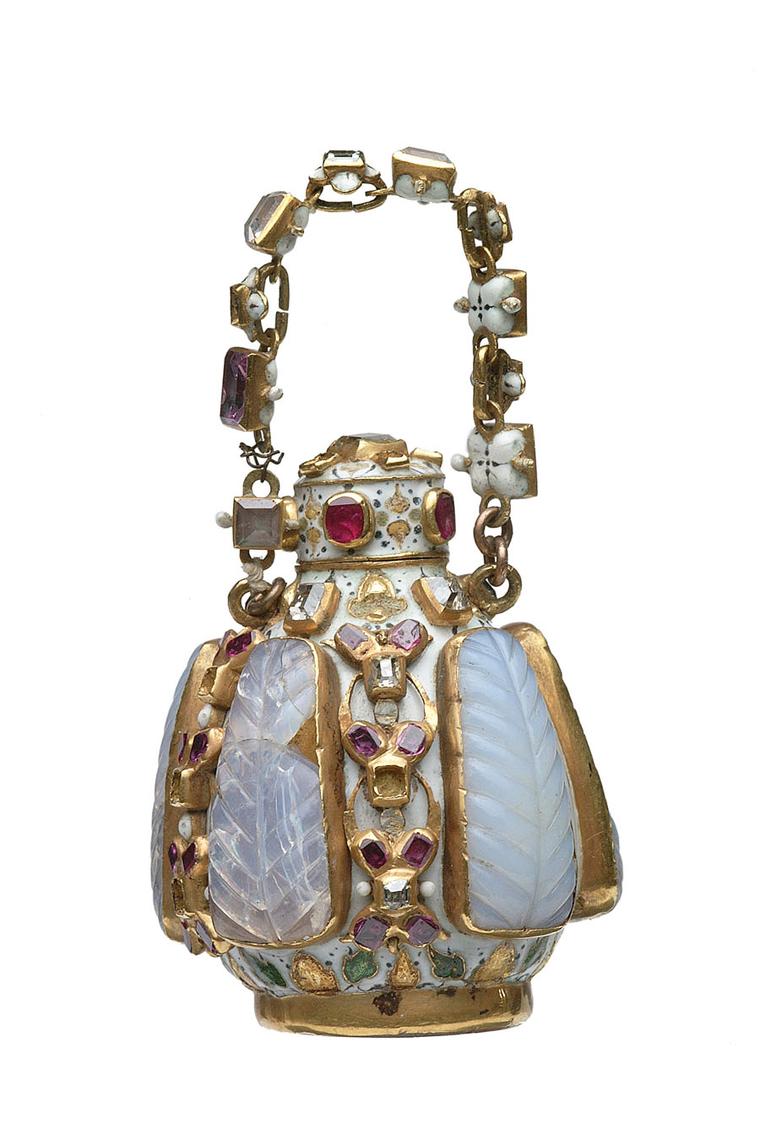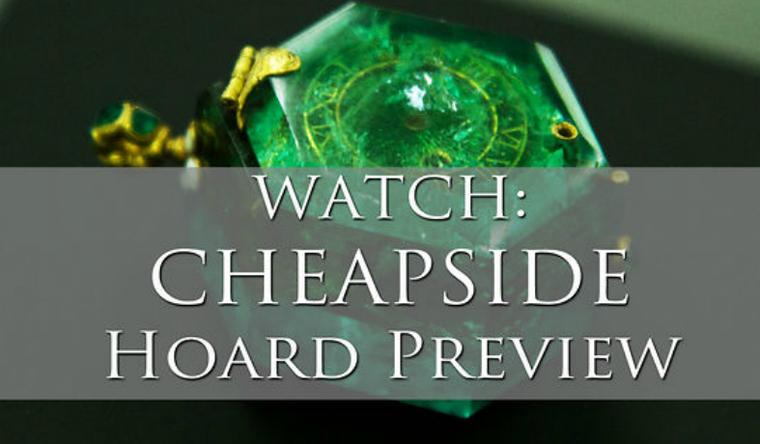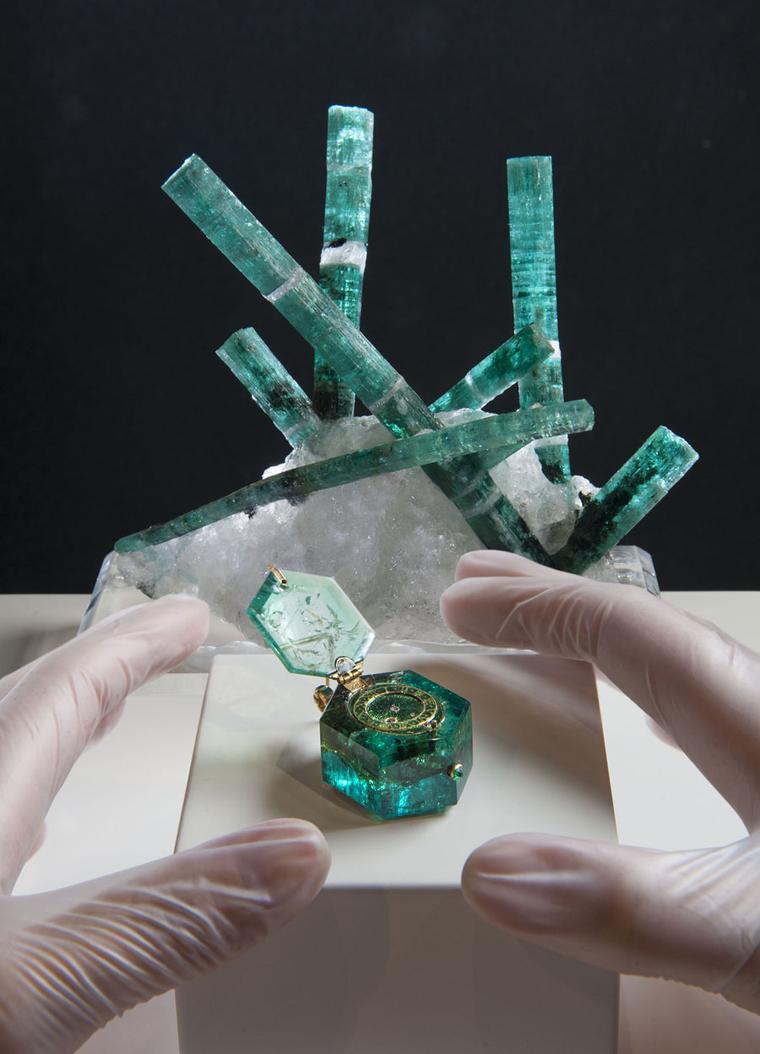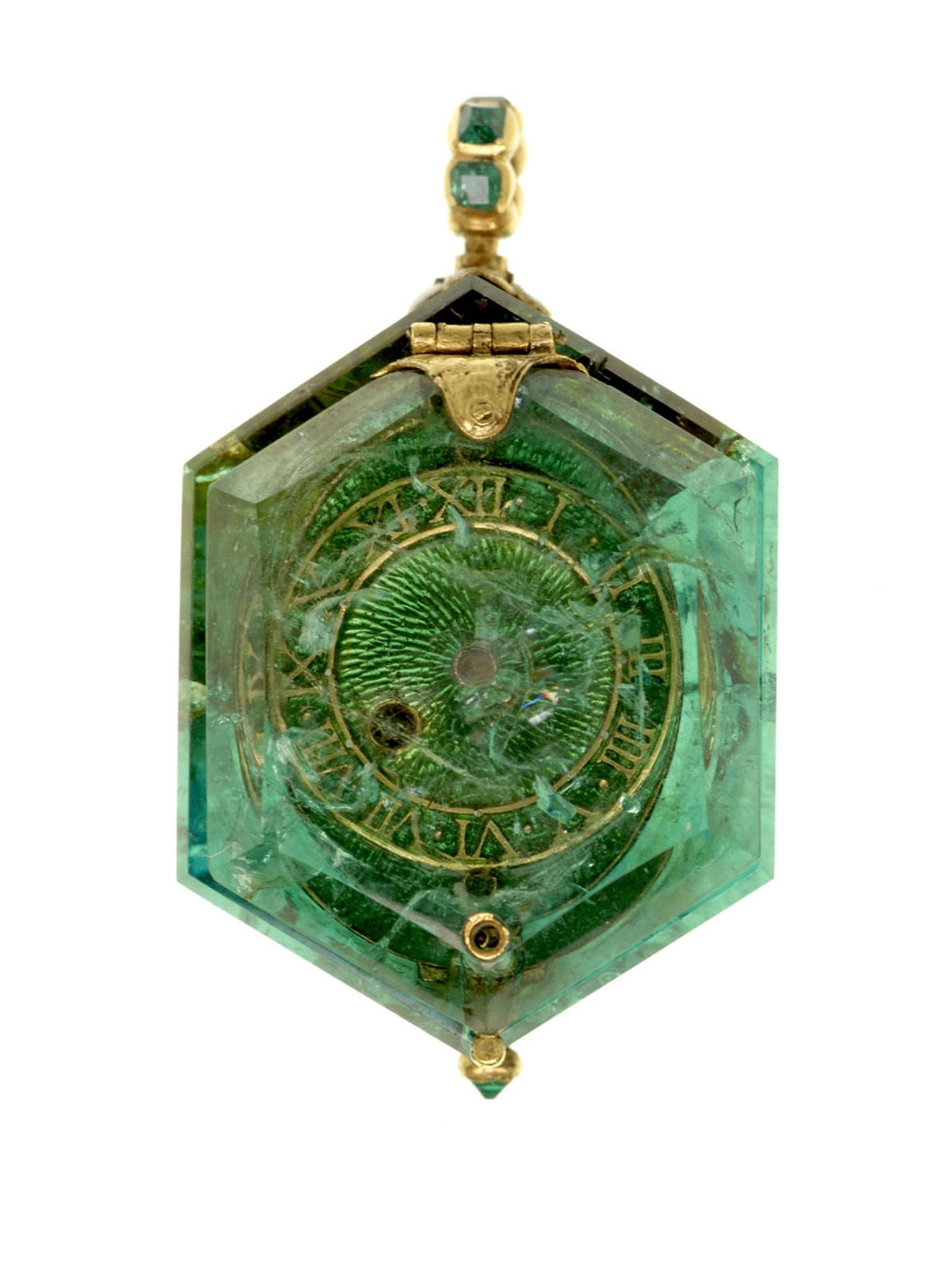
This winter, the Museum of London is set to open its latest exhibition displaying the Cheapside Hoard - a priceless collection of 16th and 17th century jewellery found buried in London in 1912.
The collection of 500 gems, including loose stones, ancient objects and even tools suggest this was the stock in-trade of a jeweller, one of the many that lined the thoroughfare of Cheapside. Buried, probably for safety, it's owner never reclaimed the hidden treasure. It's diversity of rare stones, from around the world and the opulence of some of its pieces speaks of London's key role in the international gem trade in an age of global conquest and exploration.
The Cheapside Hoard: London's Lost Jewels, sponsored by Fabergé and Gemfields, will display the collection in its entirety for the first time in over a century, just over 100 years after it was originally discovered during excavation work in the city. "As the leading authority on coloured gemstones, it is our pleasure to be able to support the Museum of London in showcasing the most important collection of jewellery and gemstones found on English soil," says Ian Harebottle, CEO of Gemfields.
Having laid underground for over 300 years, the 'Hoard' is a priceless time capsule of jewellery and precious stones from the Elizabethan and Jacobean times that gives us an unrivalled insight into the period. Using state-of-the-art techniques, the museum has been able to examine the pieces in finer detail than ever before, shedding light on trading communities, craftsmanship, manufacturing techniques and the gem trade of the time.
The 'Hoard' comprises numerous well-kept specimens of fine jewellery, gemstones and even watches, many unlike any ever seen before. The hexagonal emerald watch in particular is one of a kind. One of the most unusual and decadent pieces found, no other similar objects from the same era have survived. Also discovered were a cache of extremely rare gold and enamel necklaces. Despite being very popular at the time, few have survived the three centuries that have passed since they were last worn because they are so thin and delicate. It is extremely exciting that over 30 have remained intact.
This is the first time all 500 jewels have been displayed together and it represents the single most important source of knowledge of early modern jewellery worldwide.
At the press preview today, it was announced that an overlooked intaglio, roughly the size of a 1 pence coin, held the key to unlocking one of the mysteries of the 'Hoard'. The small carved reddish-hued stone is decorated with a carving of the heraldic badge of William Howard, who was the first and only Viscount Stafford between 1640 and 1666. Along with evidence of damage caused by the Great Fire of London, experts were able to establish the date that the 'Hoard' was buried.
Hazel Forsyth, exhibition curator says: "Ever since the unexpected discovery in June 1912, the Cheapside Hoard has been swathed in mystery, rich in questions that had been left unanswered for too long. The Stafford intaglio has been absolutely vital in shedding new light on the collection, providing crucial dating evidence for the deposition of the Hoard between 1640 and 1666, and making a specific link to an individual who had international connections and a penchant for collecting gems and antiquities."
Running from October 2013 to April 2014, this exhibition shows off some of the finest craftsmanship ever seen in historic jewellery, including the use of colour and shape, making many of the pieces seem much more modern than they actually are. Known respectively for their love of colour and exquisite detail, it is only fitting that Gemfields and Fabergé are the chosen sponsors for this groundbreaking exhibition - a truly exciting event in the jewellery world.


